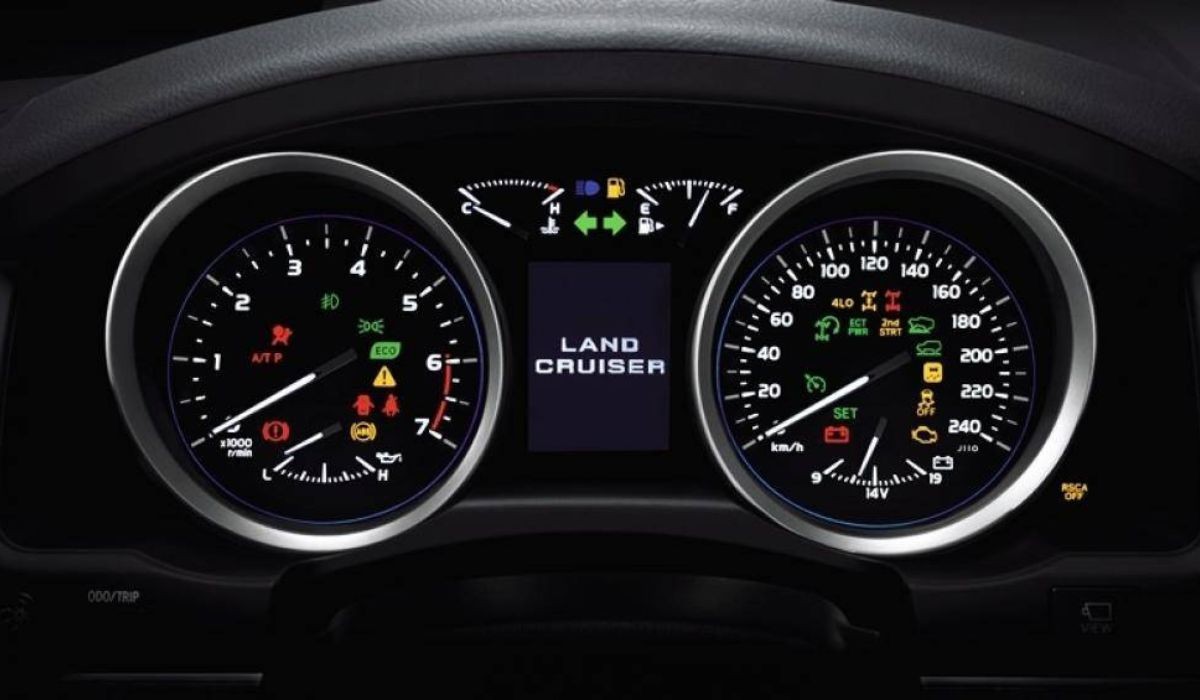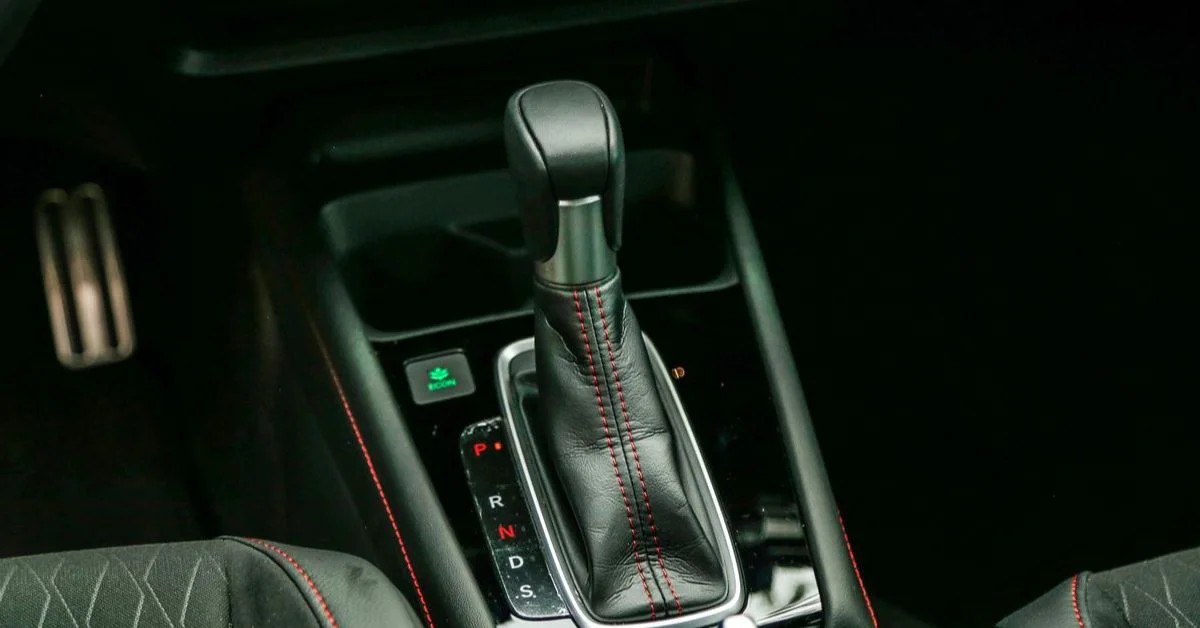As a content creator and truck expert at Xe Tải Mỹ Đình, I understand the issues vehicle owners often face, especially when their cars underperform while carrying heavy loads or driving uphill. Today, we’ll delve into a common problem: Honda cars losing power uphill with loads.
It’s not uncommon for Honda vehicles, especially popular models, to struggle when climbing hills or carrying heavy loads. This is a concern for many users, directly impacting driving experience and operational efficiency. This article will analyze the core reasons behind this issue and provide practical and effective solutions for you to troubleshoot or seek professional help.
Engine RPM and Power: The Uphill Connection
To understand why your Honda feels “weak” uphill with a load, we need to grasp the concept of engine RPM (Revolutions Per Minute) and its role in generating engine power.
Revolutions Per Minute (RPM) is the number of times the engine’s crankshaft rotates in one minute. The crankshaft is the central component that converts the pistons’ up-and-down motion into rotational motion, generating power to move the vehicle.
When a vehicle needs more traction, especially when a Honda car is weak uphill with a load, the engine needs to work harder to generate sufficient thrust. This is reflected in the engine RPM. Higher RPM means the engine is working faster, burning more fuel to produce greater power.
 Engine RPM indicates crankshaft rotations per minute (photo: Honda Mỹ Đình)
Engine RPM indicates crankshaft rotations per minute (photo: Honda Mỹ Đình)
Conversely, when driving on flat roads or downhill, the power demand decreases, and the RPM will be lower to save fuel and reduce engine load.
So, why is engine RPM related to a Honda car being weak uphill with a load?
When a vehicle has to climb uphill or carry heavy loads, the engine needs to generate high torque to overcome the resistance of gravity and payload. Torque typically peaks at a specific RPM range, depending on engine design. If the RPM is too low, the engine won’t reach optimal torque, leading to situations where the Honda car feels sluggish uphill, Honda struggles with heavy loads, or Honda is weak when climbing hills.
Main Causes of Honda Cars Losing Power Uphill with Loads
Several factors can cause a Honda car to be weak uphill with a load. Here are some of the most common reasons, directly related to engine RPM and operational capability:
- Insufficient Engine Power (Small Displacement): Popular Honda models often come with smaller displacement engines to optimize fuel efficiency. However, smaller engines can struggle when burdened with heavy loads or steep inclines, especially when RPM is not high enough to achieve the necessary torque.
- Incorrect Gear Selection (Manual Transmission): When climbing hills, choosing the right gear is crucial. If you’re in too high a gear (e.g., 3rd or 4th gear on a steep hill), the RPM will drop too low, causing the engine to lose traction and the Honda car to become weak uphill with a load.
- Lack of Regular Engine Maintenance: Components like the air filter, spark plugs, and fuel injectors, if not maintained regularly, will become dirty or worn, reducing engine performance. A dirty air filter restricts airflow to the engine, fouled spark plugs reduce ignition efficiency, and clogged injectors cause uneven fuel delivery. All these factors affect the engine’s ability to reach optimal RPM and power, making the Honda slow uphill with a heavy load and weak.
- Fuel System Issues: A weak fuel pump, dirty fuel filter, or clogged fuel lines can result in insufficient fuel supply to the engine, especially when it needs to operate at high RPM for uphill climbs. This leads to a Honda car feeling sluggish uphill due to fuel starvation.
- Exhaust System Blockage: A clogged exhaust pipe due to carbon buildup or obstructions will increase back pressure in the exhaust system, hindering the engine’s exhaust process. This reduces engine efficiency, making the Honda car weak uphill with a load and increasing fuel consumption.
- Underinflated Tires: Underinflated tires increase rolling resistance, forcing the engine to work harder to move the vehicle, especially uphill or with loads. This also contributes to the Honda car being weak uphill.
- Overloading the Vehicle: Exceeding the manufacturer’s recommended payload puts significant strain on the engine, suspension, and braking systems. The engine will need to operate at higher RPM to pull the vehicle, but if it exceeds the engine’s capacity, the car will become weak and struggle uphill.
 How to read a car's RPM gauge
How to read a car's RPM gauge
Solutions to Fix a Honda Car Losing Power Uphill with Loads
Once you’ve identified the cause of your Honda car being weak uphill with a load, you can implement the following solutions:
-
Select the Right Gear for Uphill Driving (Manual Transmission): When starting to climb a hill, proactively shift to a lower gear (1st or 2nd) to increase RPM and torque. Maintain a stable RPM within the engine’s strongest power band (typically 2500 – 3500 RPM, depending on the vehicle). Avoid using too high a gear when climbing hills, as it will cause the car to bog down and the Honda to feel sluggish uphill.
-
Perform Regular Engine Maintenance: Follow the manufacturer’s recommended maintenance schedule, including:
- Replace the engine air filter regularly (usually every 5,000 – 10,000 km or as per vehicle manual).
- Inspect and replace spark plugs as needed (usually every 20,000 – 40,000 km).
- Clean fuel injectors periodically (approximately every 20,000 – 30,000 km).
- Replace the fuel filter regularly (approximately every 20,000 – 40,000 km).
- Inspect and clean the exhaust system.
-
Check and Repair the Fuel System: If you suspect fuel system issues, take your car to a reputable garage to inspect the fuel pump, fuel filter, and fuel lines. Replace any damaged or clogged components.
-
Check and Clean the Exhaust System: Ensure the exhaust pipe is not blocked by carbon buildup or obstructions. Clean or replace the catalytic converter if necessary.
-
Inflate Tires to the Correct Pressure: Check tire pressure regularly and inflate to the manufacturer’s recommended pressure (usually indicated on the tire sidewall or in the vehicle owner’s manual).
-
Reduce Vehicle Load: Avoid overloading your vehicle. Adhere to the maximum permissible payload to ensure efficient and safe vehicle operation, especially uphill.
-
Check and Adjust Idle Speed: An excessively low idle speed can also make the car feel weaker when starting to move or climbing hills. Check and adjust the idle speed to the standard level as per the manufacturer’s instructions.
-
Use Quality Fuel: Ensure you use the fuel type recommended by the manufacturer and refuel at reputable gas stations. Low-quality fuel can affect engine performance and cause the Honda car to be weak uphill with a load.
 Car RPM is inversely proportional to gear ratios in a car (photo: Honda Mỹ Đình)
Car RPM is inversely proportional to gear ratios in a car (photo: Honda Mỹ Đình)
Expert Advice from Xe Tải Mỹ Đình
The issue of a Honda car being weak uphill with a load can stem from various causes, ranging from simple issues like irregular maintenance to more complex problems within the engine system. Correctly identifying the cause and implementing appropriate solutions is crucial to ensure smooth, safe, and fuel-efficient vehicle operation.
If you’ve tried the above solutions and the Honda weak when climbing hills issue persists, or if you lack the experience and tools to inspect yourself, take your car to a reputable service center or professional garage for inspection and repair.
At Xe Tải Mỹ Đình, we not only provide quality trucks but also share useful knowledge and experience about vehicles. Don’t hesitate to contact us via hotline 0375 83 7979 or visit our showroom at 02 Le Duc Tho, Cau Giay, Hanoi for the best advice and support!
5/5 – (0 votes)
Hoàng Ngân
With 2 years of experience in the automotive field, I am confident in providing customers with accurate and comprehensive information, serving as a reliable source of reference to help customers easily find useful information.